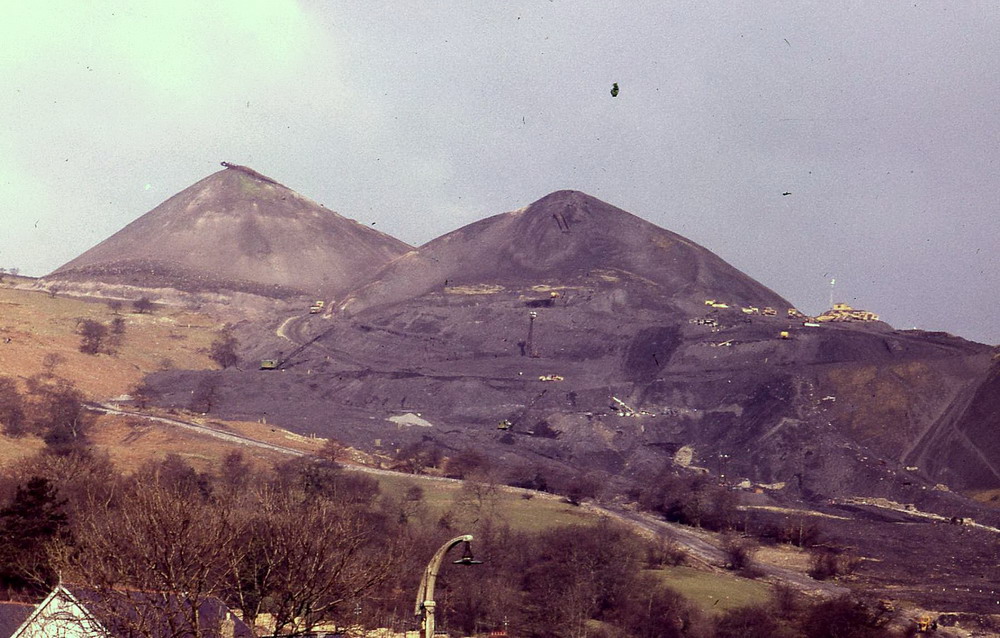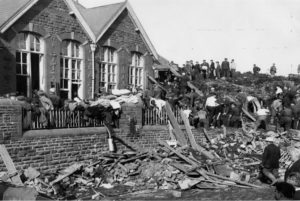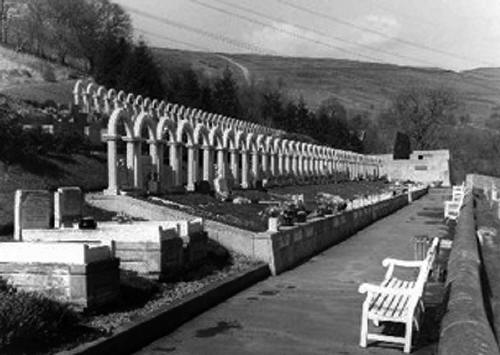 After too many years I eventually read Richard Llewellyn’s “How Green Was My Valley“, which tells the story of growing up in a South Wales valley at the end of the 19th century. I vaguely recall seeing the film of the book on the TV one Sunday afternoon as a small child.
After too many years I eventually read Richard Llewellyn’s “How Green Was My Valley“, which tells the story of growing up in a South Wales valley at the end of the 19th century. I vaguely recall seeing the film of the book on the TV one Sunday afternoon as a small child.
You can read the book as a social commentary of a time past, or as a coming of age novel set around with stories of strikes and singing, madness and joy, requited and unrequited loves. But above all it is a book of poetry, not in the sense of verse, but that form of prose that raises goosebumps down your back:
“… and I raised my arms and drew tight the muscles of my body, and as the blood within me thudded through my singing veins, a goldness opened wide before me and I knew I had become of Men, a Man.” (Chap. 24)
“My Valley, O my Valley, within me, I will live in you eternally … for part of me is the memory of you in your greens and browns, with everything of life happy in your deeps and shades, when you gave sweet scents to us, and sent for spices for the pot, and flowers, and birds sang out for pleasure to be with you.” (Chap. 18)
A recurrent theme through the novels is the gradual covering of that green, the burying of the valley sides and trees beneath the encroaching blackness of the slag, the coal tips, which as a child I recall still covering the valley sides north of Cardiff. Indeed the novel is narrated by an old man thinking back over his childhood as he leaves his family home for the last time, a home itself now half buried as the slag spreads ever down the valley.
 In the early days of coal mining the slag, the pieces of coal that were too small to burn, was left below the ground, rammed hard into the sides of the tunnels, strengthening and supporting them. But in the time of the book, and on throughout the 20th century, it proved cheaper and quicker to bring everything to the surface and separate there, the remains being spread upon the mountain sides in dark hills of their own, like welts upon a diseased landscape eaten underground by men.
In the early days of coal mining the slag, the pieces of coal that were too small to burn, was left below the ground, rammed hard into the sides of the tunnels, strengthening and supporting them. But in the time of the book, and on throughout the 20th century, it proved cheaper and quicker to bring everything to the surface and separate there, the remains being spread upon the mountain sides in dark hills of their own, like welts upon a diseased landscape eaten underground by men.
“There is a patience in the Earth to allow us to go into her, and dig, and hurt with tunnels and shafts, and if we put back the flesh we have torn from her and so make good what we have weakened, she is content to let us bleed her. But when we take, and leave her weak where we have taken, she has a soreness, and an anger that we should be so cruel to her and thoughtless of her comfort. So she waits for us, and finding us, bears down, and bearing down, makes us a part of her, flesh of our flesh, with our clay in place of the clap we thoughtlessly have shovelled away.” (Chap. 42)
These are the thoughts of the elderly Huw looking back at the moment when he sat with his father part buried and dying after a roof fall. Prescient today when we are at last beginning to realise how much we have taken from the earth and how little given back.
But, while the narrator is thinking of the toll taken on the miners underground by the thoughtless drive for profit and cheap coal, those brooding slag heaps remind me more of the dark repayment taken above.
One of the defining moments of my own childhood, was when, a few months after the Aberfan disaster, we drove up to Brecon along the valley road, and looked across the valley to a field of white crosses, like the images of Flanders on Armistice day, only no red poppies among the white graves, just white against green a ghastly mirror of the black upon green of the coal tip that rolled down the valley-side burying the school of Aberfan and taking the lives of whole generation of children.




